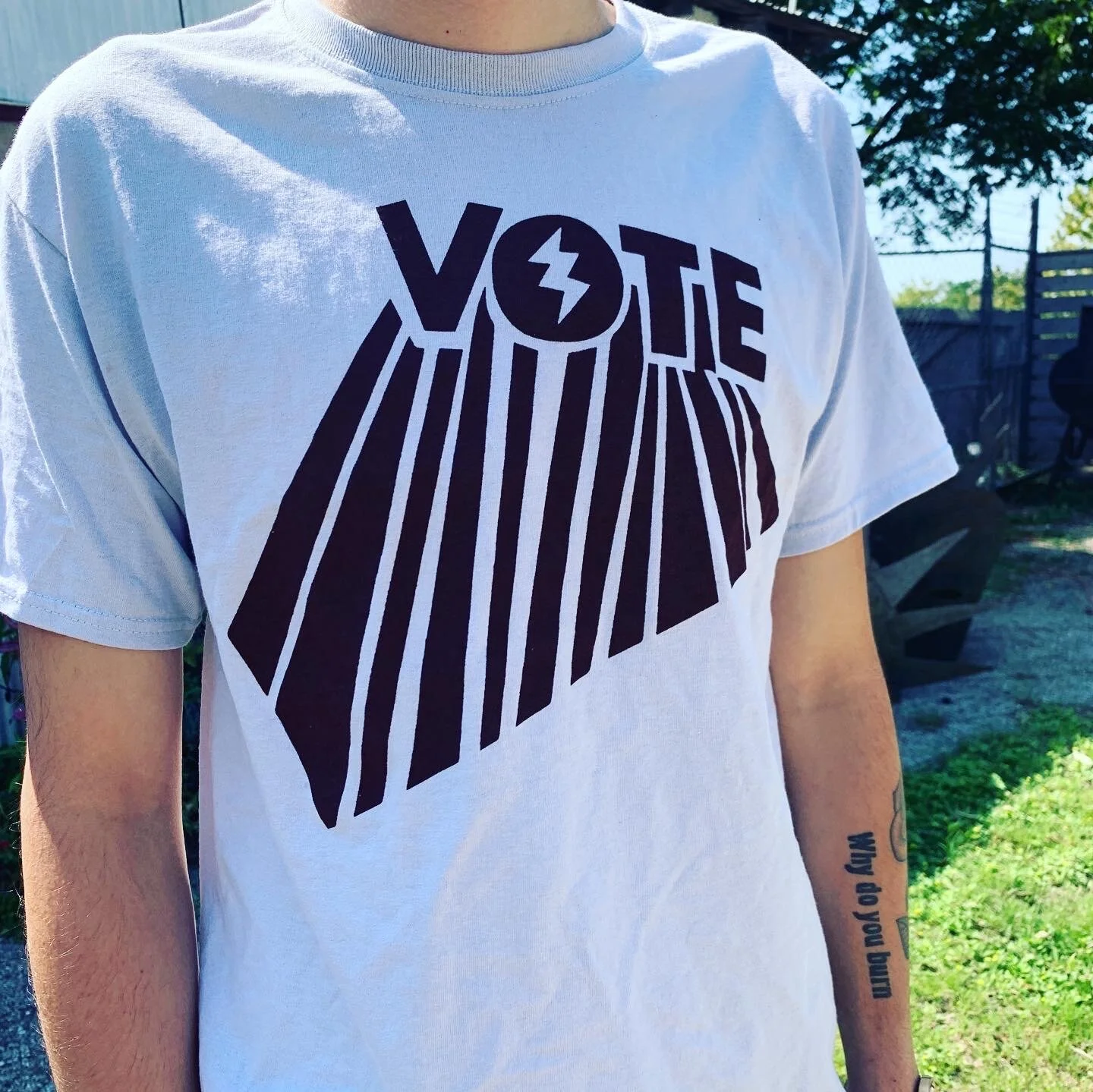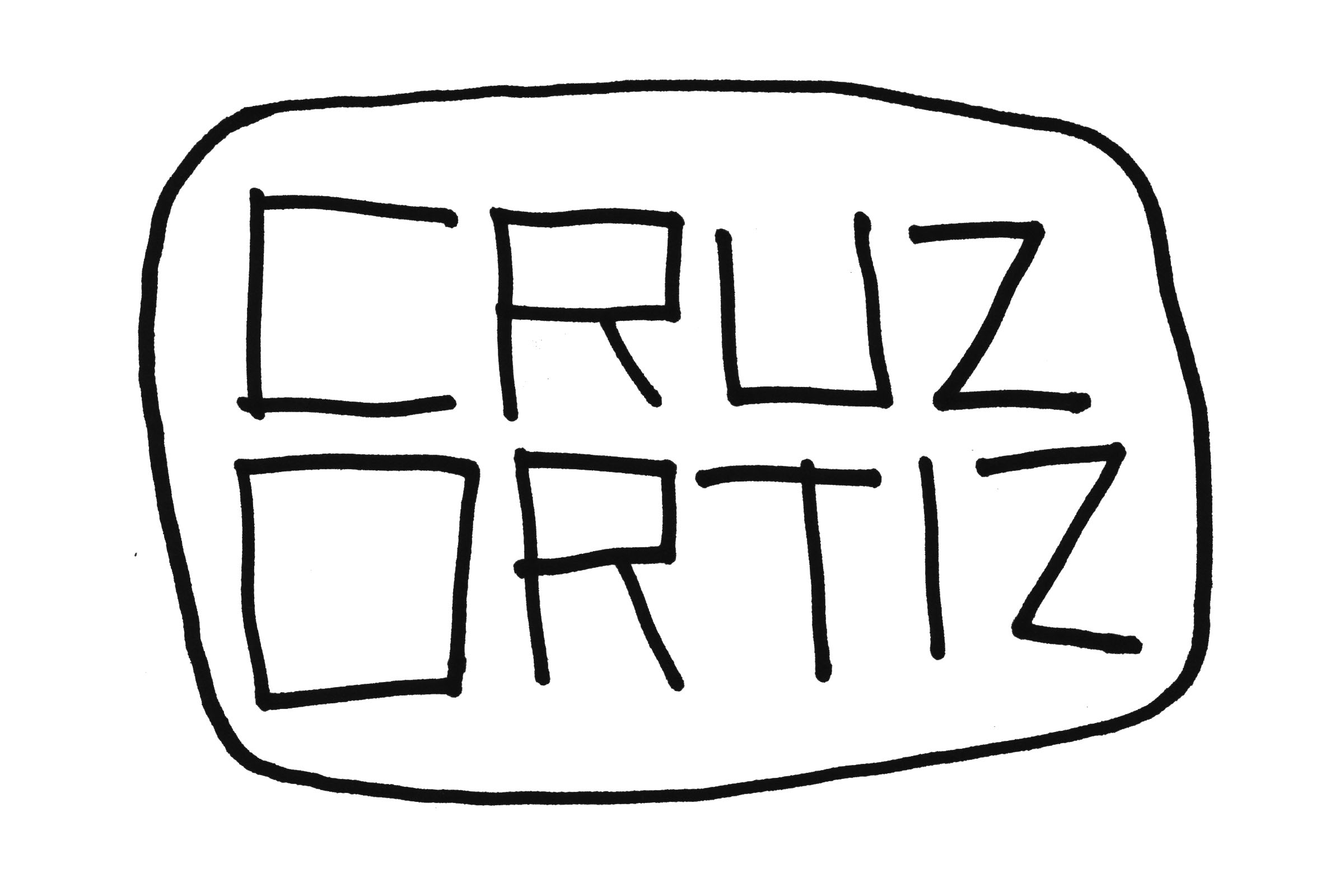PRINTING ABOLITION AND DEMOCRACY
Since the beginning of Abolition and Democracy Movements across the world, it was printmakers who stepped up to help get the word out. The history of the printing press used as a tool against tyranny runs deep. When I started making prints as a young brown punk rock boy, it was the intersection of questioning authority and creative practice that drew me to making work that carried meaning or offered a countering voice to systemic racist strongholds.
Recently Ive been seeing a strong connection to not just the images that I have printed but how I have printed them. I have an entire area in my studio dedicated to print making. But I don't think of myself as a ‘printmaker’, and if you have been to my studio, it’s not what a real ‘printmaker’ studio looks like. My print shop and my approach to producing prints is based on how cheap and fast I can crank out these multiples. In fact most of my printing is done at protest demonstrations or at political campaign headquarters. Ive designed several print making machines to adapt to all sorts of terrain and to print everything from tshirts, tote bags, and protest signs. There is always this sense of urgency that mimics a commercial print shop more so than a fine art print atelier.
As I look back at the printed images that I have produced, they all fall in line with a focus on Abolition and Democracy. The prints not only illustrate messages and vital information but also are created in a Democratic Abolitionist method. Along with urgency and the guerrilla tactics of distribution, the printed images and words are getting out to physical public space, at the same time countering the digital space that so many disenfranchised communities do not have access to. Most of the printed matter is done in collaboration and in the peripheries with people and organizations dedicated to the humanitarian effort for Immigrant and Voting Rights.
Printmaking for me is beyond just the reproduced image, it is how the print was created. Focusing on what pressures were involved, how the collaborations came about, and how the print was distributed.
C




















